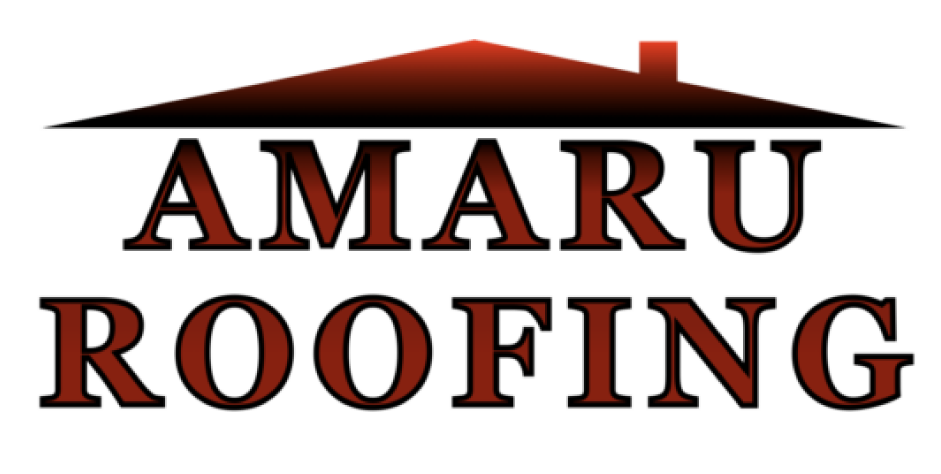Understanding Roof Snow Load Limits
Winter in regions like Buffalo, NY, and surrounding areas brings picturesque snowy landscapes, but it also poses significant challenges for homeowners, particularly when it comes to roof safety. Understanding the snow load limits your roof can bear is essential for protecting your property and ensuring your household’s safety. At Amaru Roofing, we’re committed to helping you stay informed about this critical aspect of winter roof maintenance.
What Is Roof Snow Load?
Roof snow load refers to the maximum weight your roof can safely support due to snow and ice accumulation. This limit is determined by several factors, including:
- Roof Design: The slope, materials, and structural components play a crucial role.
- Local Building Codes: Regulations often specify the required snow load capacity.
- Type of Snow: Wet snow is significantly heavier than dry, fluffy snow.
Why Snow Load Matters
Exceeding your roof’s snow load limit can lead to:
- Structural Damage: Including sagging, cracking, or even roof collapse.
- Leaks and Ice Dams: Causing water damage inside your home.
- Safety Hazards: Creating dangerous conditions for occupants.
Understanding these limits helps you take proactive steps to prevent issues during heavy snowfalls.
How to Determine Your Roof’s Snow Load Limit
- Check Local Building Codes: Most areas have guidelines based on typical weather conditions. In Western New York, roofs are often designed to handle significant snow loads due to harsh winters.
- Inspect Your Roof’s Design:
- Flat Roofs: More prone to snow accumulation and may require frequent clearing.
- Sloped Roofs: Shed snow more effectively but can still experience overloading near valleys or eaves.
- Calculate Snow Weight:
Signs Your Roof May Be Overloaded
Watch for these warning signs during heavy snowfall:
- Sagging Rooflines: A clear indicator of excessive weight.
- Cracks in Walls or Ceilings: Suggesting structural strain.
- Creaking Sounds: Often a precursor to roof failure.
- Leaks or Dripping Water: Caused by ice dams or roof stress.
If you notice any of these signs, take immediate action.
Tips to Manage Snow Load on Your Roof
- Regular Snow Removal: Use a roof rake for light snow or hire professionals for heavy accumulation.
- Prevent Ice Dams: Ensure proper attic ventilation and insulation to reduce ice buildup.
- Schedule Inspections: Routine maintenance can identify weak points before winter begins.
- Reinforce Your Roof: Consider upgrades to improve its load-bearing capacity, especially for older homes.
In Conclusion
Being informed about roof snow load limits is crucial for every homeowner in snowy regions. By taking proactive measures and staying vigilant, you can prevent structural damage and ensure the safety of your family. Remember, professional help is just a call away.
At Amaru Roofing, we specialize in protecting homes from the challenges of harsh winters. Our services include:
- Roof Inspections: To assess snow load capacity and identify potential risks.
- Snow and Ice Dam Removal: Preventing damage from excessive weight or water infiltration.
- Roof Reinforcements: Strengthening your roof to handle heavier snow loads.
We’re dedicated to helping homeowners & business owners in Buffalo, NY, and surrounding areas stay safe and prepared, no matter how severe the winter gets.



